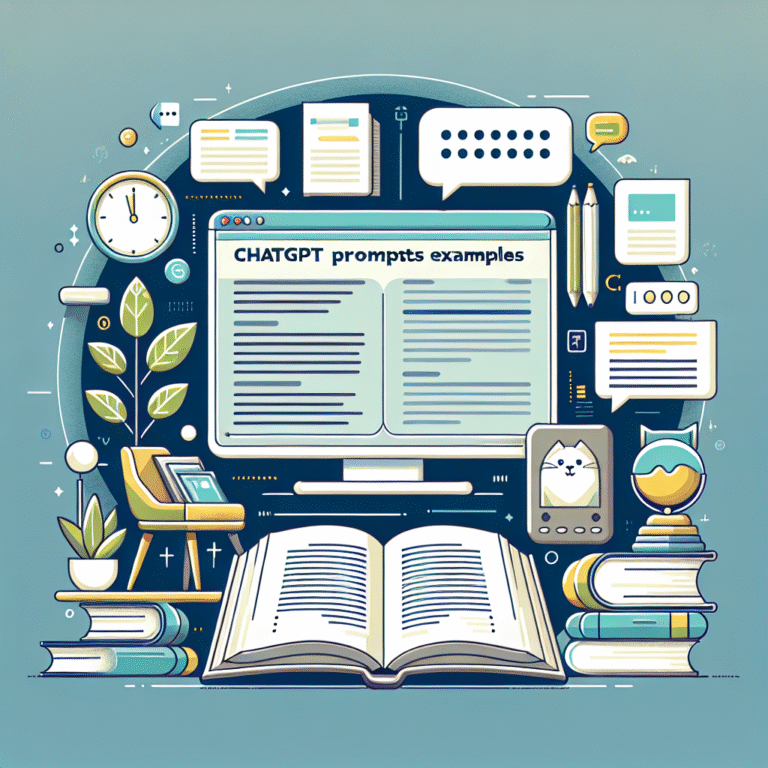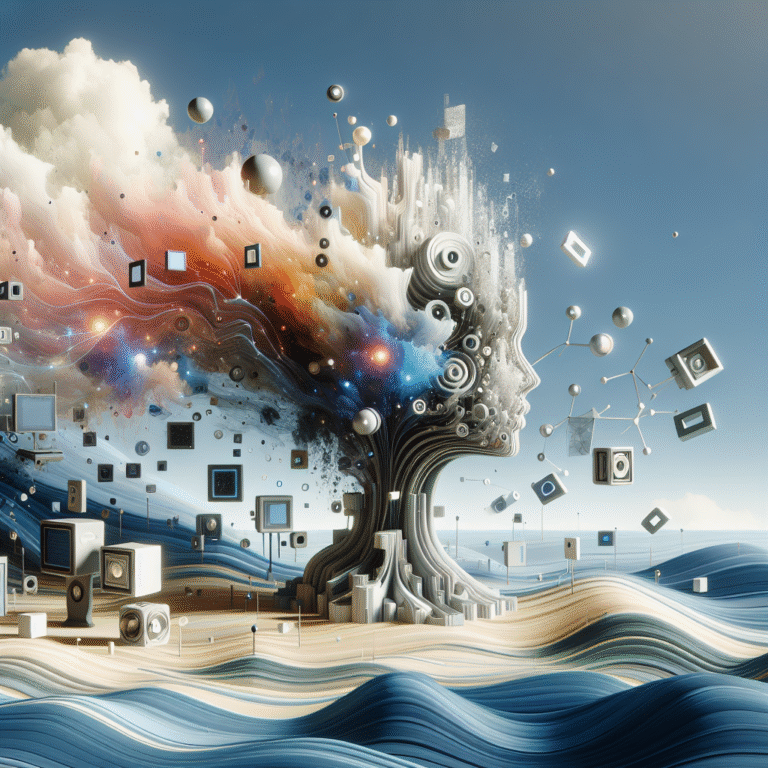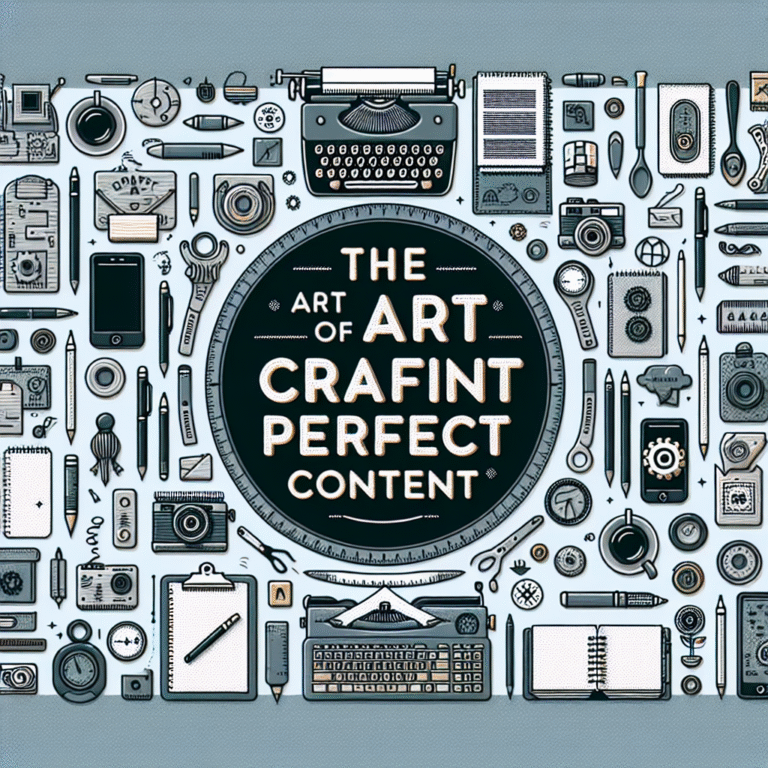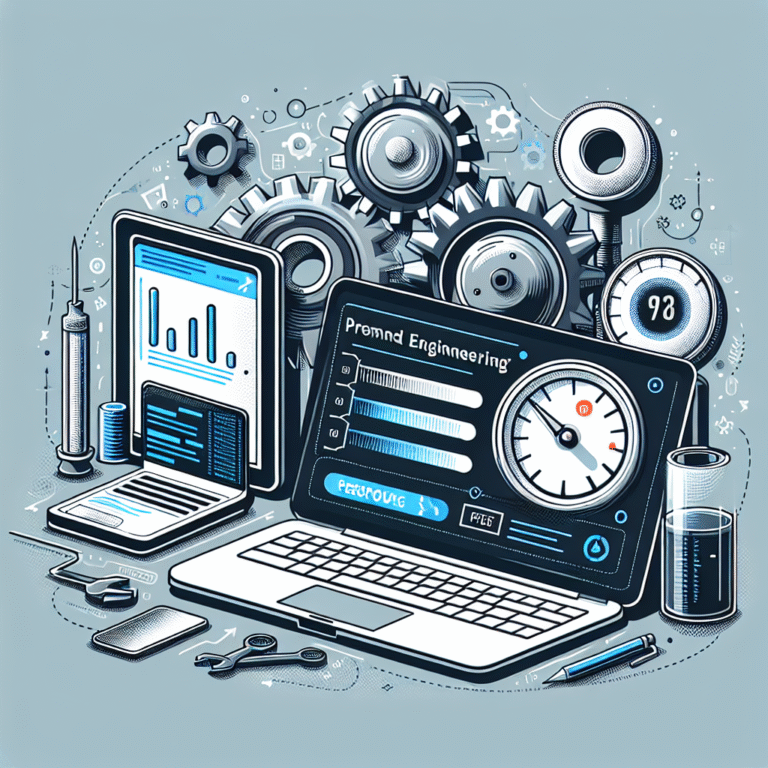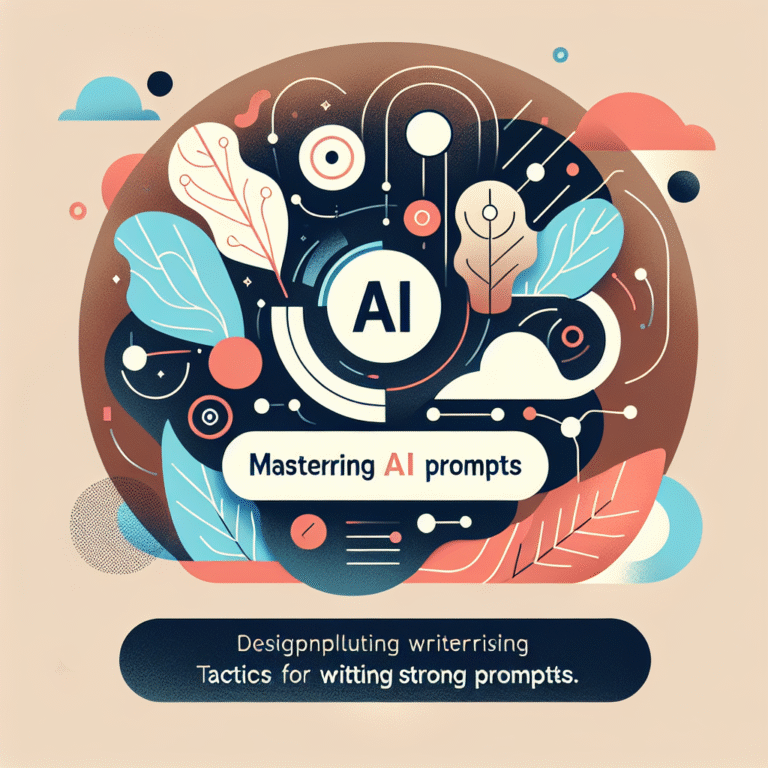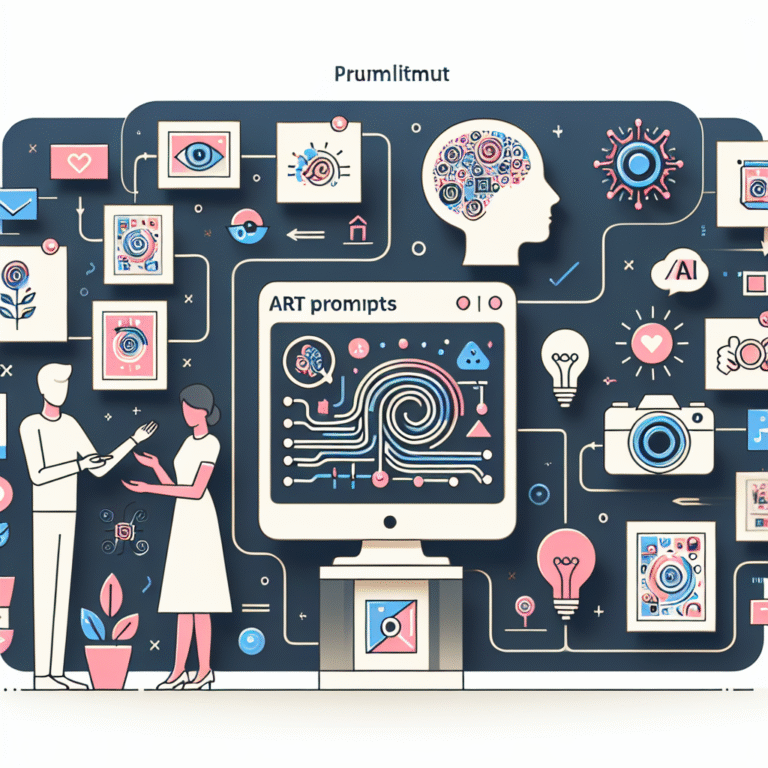How to Prompt AI to Create an Image
p>How to prompt AI to create an image is a complex task that requires a deep understanding of the technology and its capabilities. Artificial intelligence has made tremendous progress in recent years, and one of its most impressive applications is in the field of image creation. With the help of AI, it is now possible to generate high-quality images that are almost indistinguishable from those created by humans. However, to achieve this, it is essential to provide the AI with the right prompts, which can be a challenging task, especially for those who are new to this technology. In this article, we will explore the world of AI-generated images and provide a comprehensive guide on how to prompt AI to create an image.
Understanding AI-Generated Images
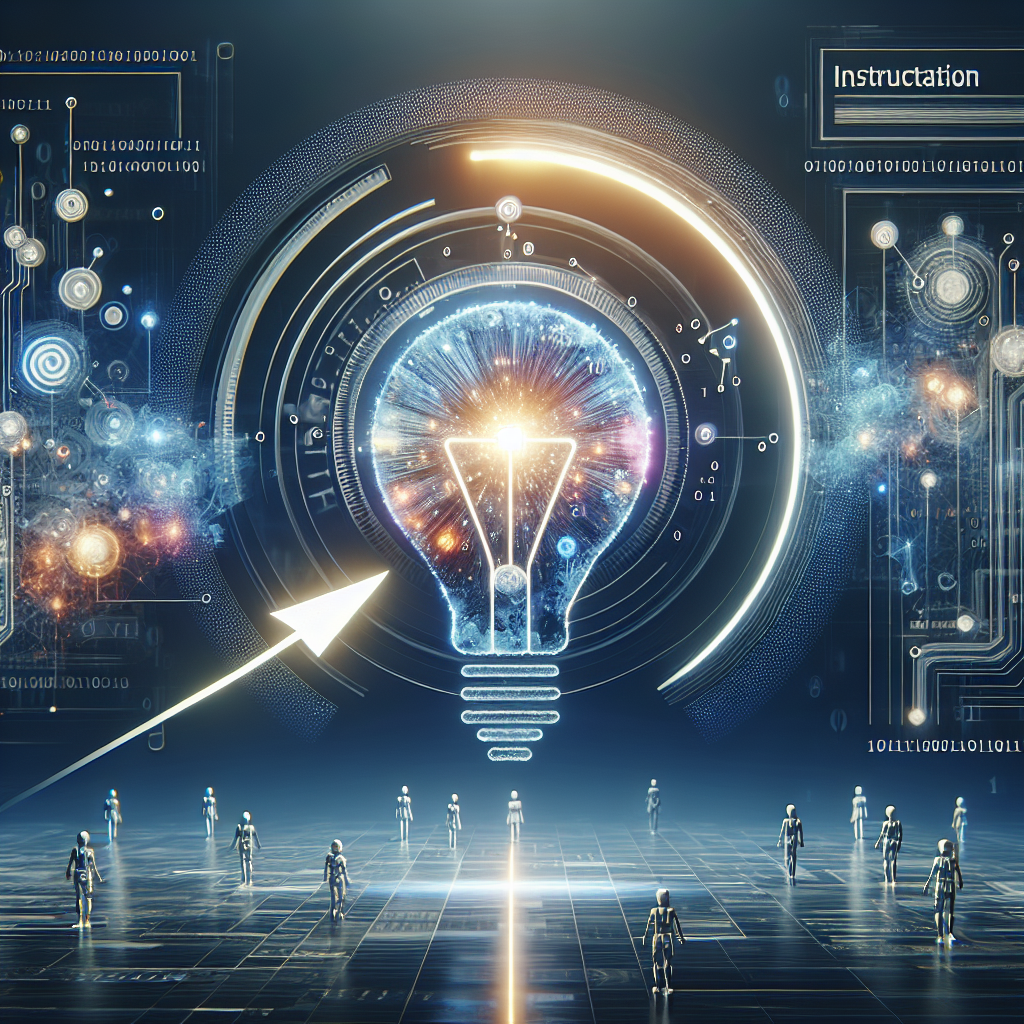 <
<
AI-generated images are created using a type of artificial intelligence called generative models. These models are trained on large datasets of images and use this training to generate new images that are similar in style and content to the images in the dataset. The most common type of generative model used for image creation is the Generative Adversarial Network (GAN). GANs consist of two neural networks: a generator and a discriminator. The generator creates new images, while the discriminator evaluates the images and tells the generator whether they are realistic or not. Through this process, the generator learns to create images that are increasingly realistic.
Types of AI-Generated Images
<
There are several types of AI-generated images, including portraits, landscapes, and abstract art. Each type of image requires a different approach and set of prompts. For example, to generate a portrait, the AI needs to be provided with information about the person’s face, such as the shape of the eyes, nose, and mouth. To generate a landscape, the AI needs to be provided with information about the terrain, sky, and other features of the scene. The following are some examples of prompts that can be used to generate different types of images:
How to Prompt AI to Create an Image
<
Prompting AI to create an image requires a combination of technical knowledge and creativity. The first step is to choose a generative model that is suitable for the type of image you want to create. There are several models to choose from, each with its strengths and weaknesses. Once you have chosen a model, you need to provide it with a prompt that describes the image you want to create. The prompt should include information about the subject, style, and composition of the image. The following are some tips for crafting effective prompts:
Examples of Prompts
<
Here are some examples of prompts that can be used to generate different types of images:
| Prompt | Image Type |
|---|---|
| ‘Generate a portrait of a young man with a beard and a hat’ | Portrait |
| ‘Generate a landscape of a beach with palm trees and a sunset’ | Landscape |
| ‘Generate an abstract art piece with a mix of bold colors and geometric shapes’ | Abstract art |
Step-by-Step Guide to Prompting AI to Create an Image
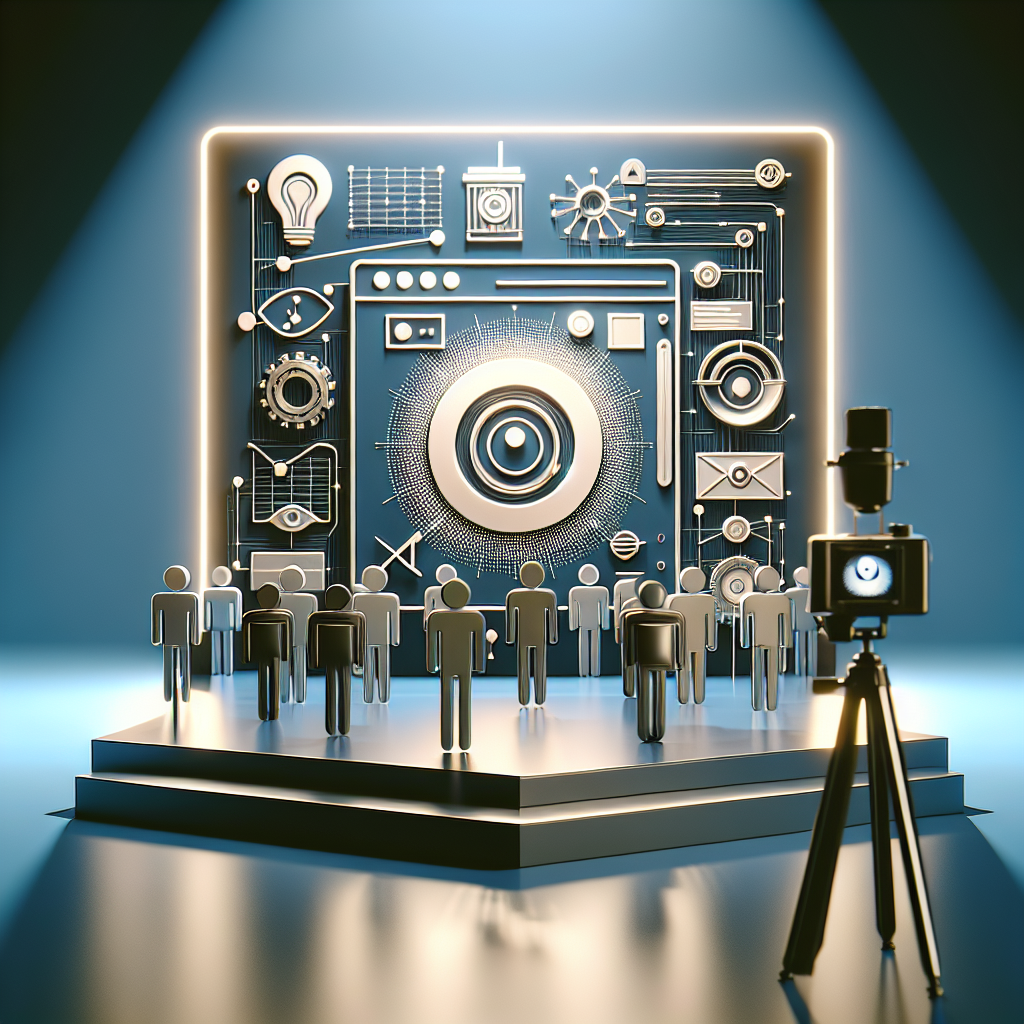 <
<
The following is a step-by-step guide to prompting AI to create an image:
Important Notes
<
It is essential to note that prompting AI to create an image is a complex task that requires patience, creativity, and technical knowledge. The output of the AI may not always be what you expect, and it may require several iterations to get the desired result. Additionally, the quality of the output depends on the quality of the prompt and the capabilities of the generative model.div style=’background-color: #f2f2f2; padding: 10px;’><
Tip: To get the best results, it is essential to experiment with different prompts and generative models.
Conclusion
<
In conclusion, prompting AI to create an image is a complex task that requires a deep understanding of the technology and its capabilities. By following the tips and guidelines outlined in this article, you can create high-quality images that are almost indistinguishable from those created by humans. Remember to be patient, creative, and persistent, and to experiment with different prompts and generative models to get the best results. With the rapid advancement of AI technology, the possibilities for image creation are endless, and it will be exciting to see what the future holds for this field.
Future of AI-Generated Images
<
The future of AI-generated images is bright, with many potential applications in fields such as art, design, and entertainment. As the technology continues to evolve, we can expect to see even more realistic and sophisticated images that are capable of simulating complex scenes and environments. The following are some potential applications of AI-generated images:
<
As we continue to explore the possibilities of AI-generated images, it is essential to consider the potential risks and challenges associated with this technology. For example, AI-generated images can be used to create fake news and propaganda, which can have serious consequences for individuals and society as a whole. Therefore, it is essential to develop guidelines and regulations for the use of AI-generated images and to ensure that they are used responsibly and ethically.<
In addition to the potential risks and challenges, there are also many potential benefits to AI-generated images. For example, they can be used to create personalized and targeted content that is capable of simulating complex scenes and environments. They can also be used to create new and innovative art pieces that are capable of simulating complex styles and techniques. Therefore, it is essential to continue to explore the possibilities of AI-generated images and to develop new and innovative applications for this technology.<
Overall, the future of AI-generated images is bright, with many potential applications and benefits. As we continue to explore the possibilities of this technology, it is essential to consider the potential risks and challenges and to develop guidelines and regulations for its use. With the rapid advancement of AI technology, the possibilities for image creation are endless, and it will be exciting to see what the future holds for this field.
